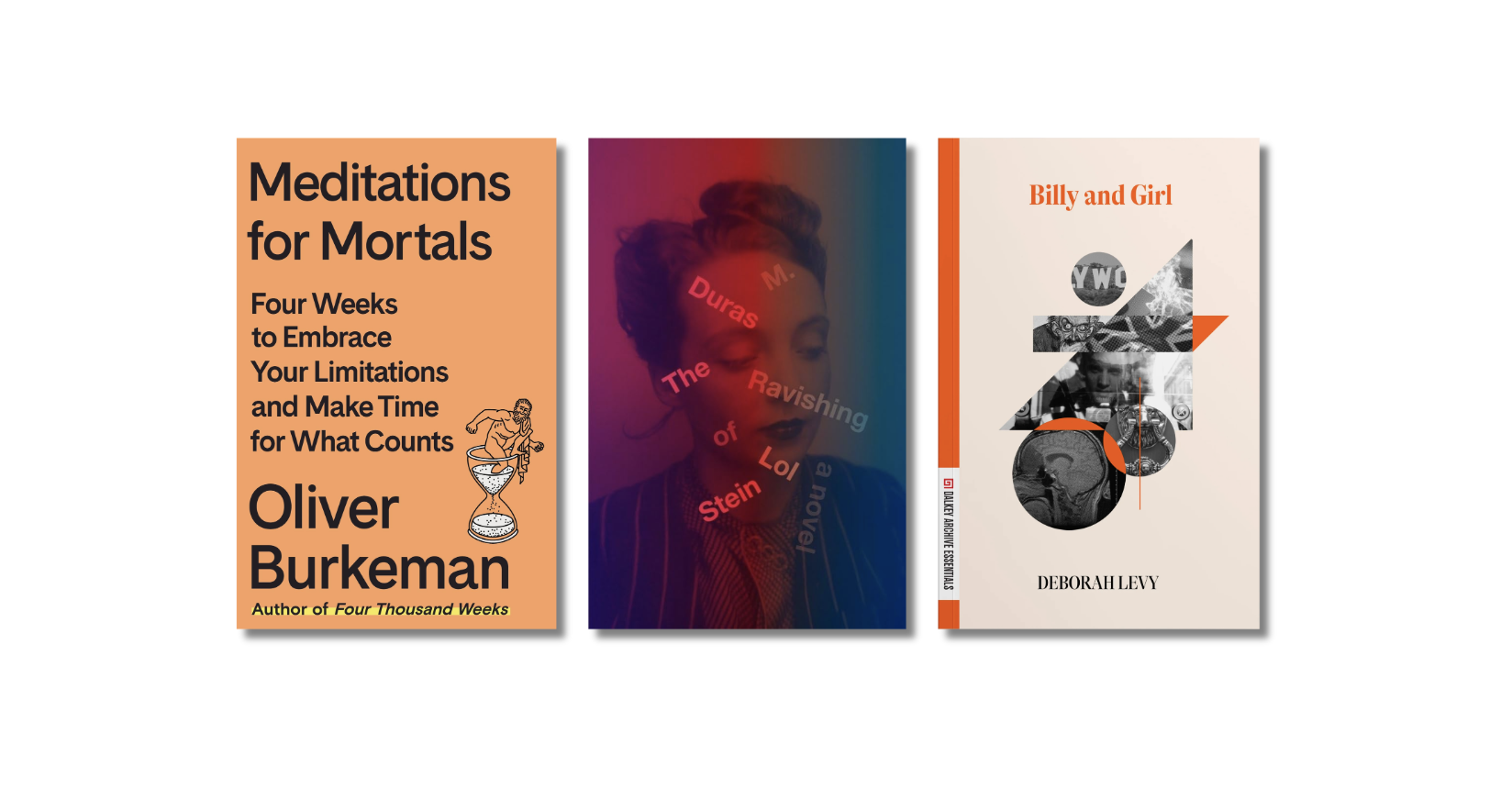When I lived in Washington, DC, I remember there being a slew of excitement in the local newspapers and in local bookstores when a book like Primary Colors came out. Local interest is a big seller in books, especially when there’s scandal involved. Here in Los Angeles this means that books about Hollywood get top billing, and there are lots of them on the local bestseller lists at any given time. They come in a few different flavors. There’s the now-we-can-finally-make-all-those-juicy-stories-public, recent-history-of-Hollywood books. These books come out a generation or so after the action depicted in the book takes place. The main players have either died or they no longer wield any power so their stories are fair game for the reading public. Connie Bruck’s biography of Hollywood mogul Lew Wasserman, When Hollywood Had a King and A. Scott Berg’s biography of Katherine Hepburn, Kate Remembered are two recent examples. Then there’s the down-in-the-trenches, you-have-to-be-there-to-really-get-it, borderline-inside-joke, behind-the-scenes-entertainment-industry-workplace-dramas. Take David Rensin’s book The Mailroom, which, as far as I can tell, you would only want to read for one of two reasons. You once worked in Hollywood mailroom and you want to reminisce about those high-energy, low-pay days back before you became a high-powered agent, or you desperately want to become a high-powered agent and you want to read up about what it’s like in the mailroom, your first step on the road to glitz and glamour. Finally there is the true story thinly disguised as fiction like producer Robert Cort’s recent novel, Action!. I got to thinking about all of this Hollywood literature because of a recent review by Caryn James in the New York Times that assesses the latest crop of Hollywood lit. (LINK). Wading through big-selling tell-alls like Peter Biskind’s Down and Dirty Pictures and Joe Eszterhas’ Hollywood Animal and all the rest, she finds a novel that transcends the Hollywood genre in The True and Outstanding Adventures of the Hunt Sisters and also mentions that when it comes to books about Hollywood, The Day of the Locust by Nathaniel West is “unsurpassed.”









